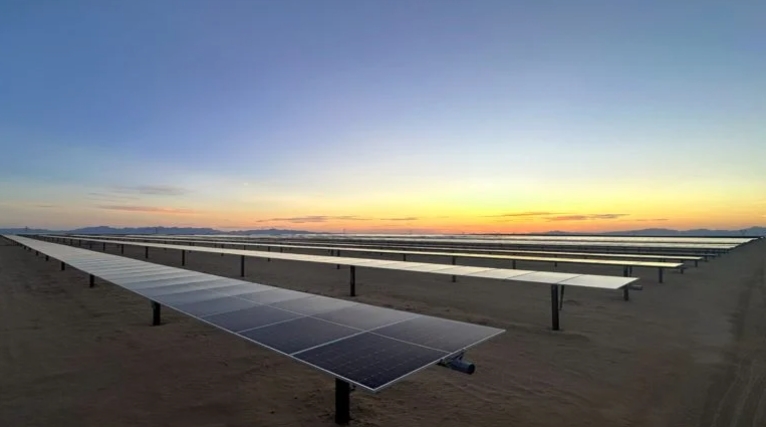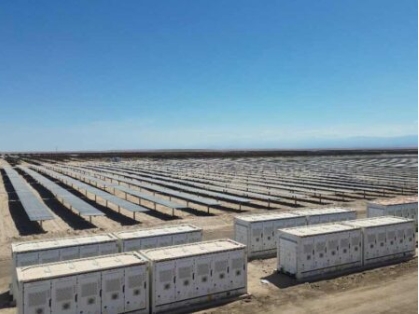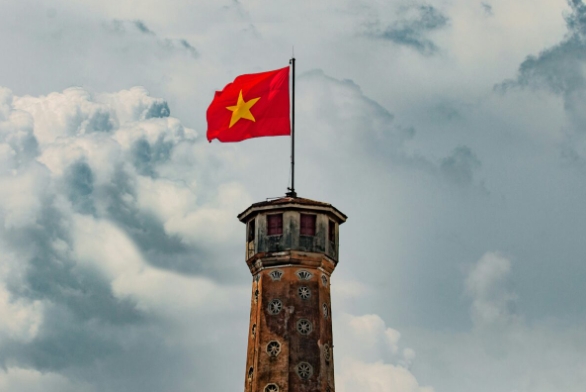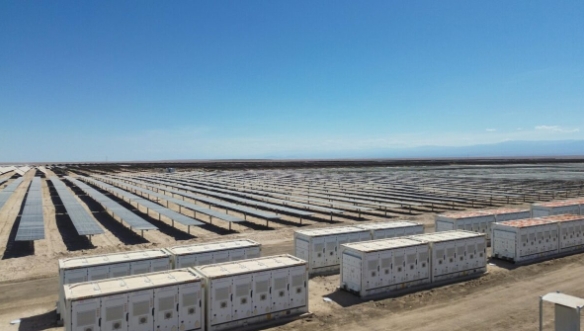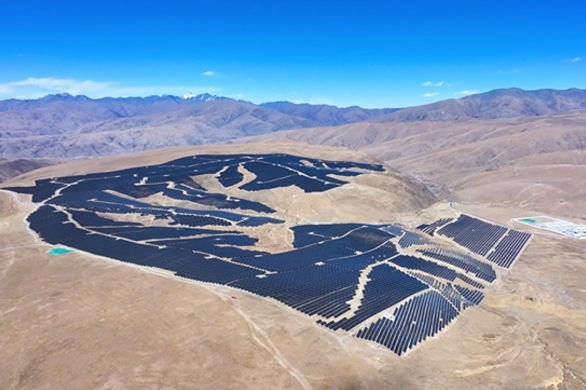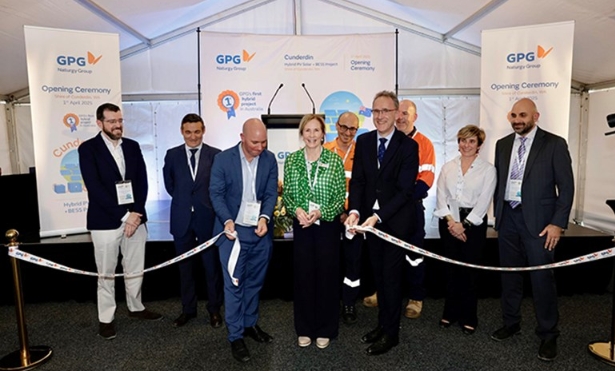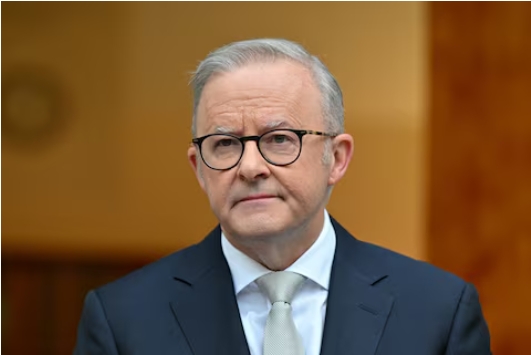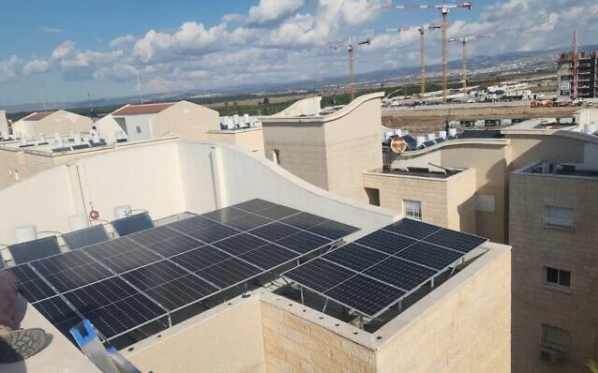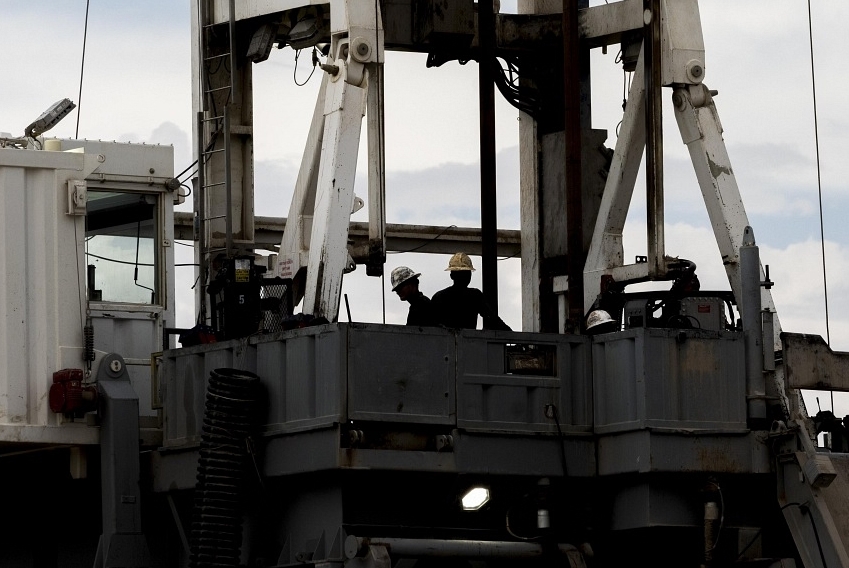
The Energy Market Authority (EMA) has visited geothermal plants overseas to better understand the latest developments in geothermal energy, as well as the operational challenges for the technologies and regulations required.
The site visits came amid a two-year islandwide study in Singapore that began in 2024, to determine the potential of geothermal energy in helping the Republic reach net-zero emissions by 2050.
This follows a study in July 2023 that found a site close to the Sembawang hot spring that could have temperatures of up to 200 deg C – the temperatures needed for power generation – at depths of 4km to 5km.
In Geretsried, Germany, EMA visited a plant being built by Canadian start-up Eavor, which is backed by Singapore investment company Temasek.
The technology used by Eavor is a type of deep geothermal system that harnesses heat from hot dry rocks, found at depths of up to several kilometres underground.
This differs from traditional systems that require shallow underground reservoirs of hot water or steam – geological features that Singapore lacks, EMA noted.
Eavor uses an underground closed-loop system of pipes, which transport water that absorbs natural heat from the earth that is then used to generate electricity at an industrial scale on the surface.
The plant, which will be fully operational by 2026, can produce more than 8MW of electricity by then. This is equivalent to about 0.1 per cent of Singapore’s peak electricity demand in 2023.
However, such advanced geothermal systems (AGS) are generally more expensive and take longer to deploy due to the extensive lengths of drilling involved, said an EMA spokesman.
Building the Eavor plant in Germany involved constructing a series of multilateral loops underground to fully harness the available heat found there, and to maximise cost efficiencies, the firm’s spokesman told ST.
EMA told ST it is interested to learn what drilling technologies Eavor is using to enable deep and directional drilling, for instance.

Prof Romagnoli said that fortunately, for Singapore, the country is located a considerable distance from major tectonic boundaries, minimising the effects of seismicity from geothermal energy extraction.
Companies like US-based Fervo Energy and UK-based United Downs have successfully constructed EGS projects in both countries, but these were located away from densely populated areas, Prof Romagnoli noted. Thus, the potential impact of such systems on urban environments like Singapore is not well known.
To assess the seismic risk in Singapore, an extensive, non-invasive study will be required, and the ongoing geothermal study could provide some crucial insights on this, he added.
Fervo Energy, which has a 3.5MW pilot project in Nevada, says it has in place a system to manage induced seismicity. The company is looking to expand to a 400MW power plant by 2028.
The $16 million two-year study on Singapore’s geothermal potential is led by a consortium involving Surbana Jurong, Chevron New Energies International and UK geophysical company Bridgeporth.
The consultants will conduct airborne surveys, and consider factors such as Singapore’s built environment, airspace operations, safety, and security considerations.
Current efforts will focus on mainland Singapore, and the authorities are studying the efficacy of conducting surveys over territorial waters and offshore islands at this stage, said EMA.
At the same time, results from the study will be able to determine whether Singapore has suitable geological formations for carbon storage. This will allow the Republic to capture the planet-warming gas from polluting sources, to trap and store the gas permanently underground.
The survey techniques range from measuring the underground rock formations’ gravity field, to using magnetic signals to determine the rocks’ density and magnetic properties.
Findings from geological surveys would be integrated with other existing data to create 3D models that will help consultants understand the geophysical property of underground formations and their natural heat generation capabilities.
